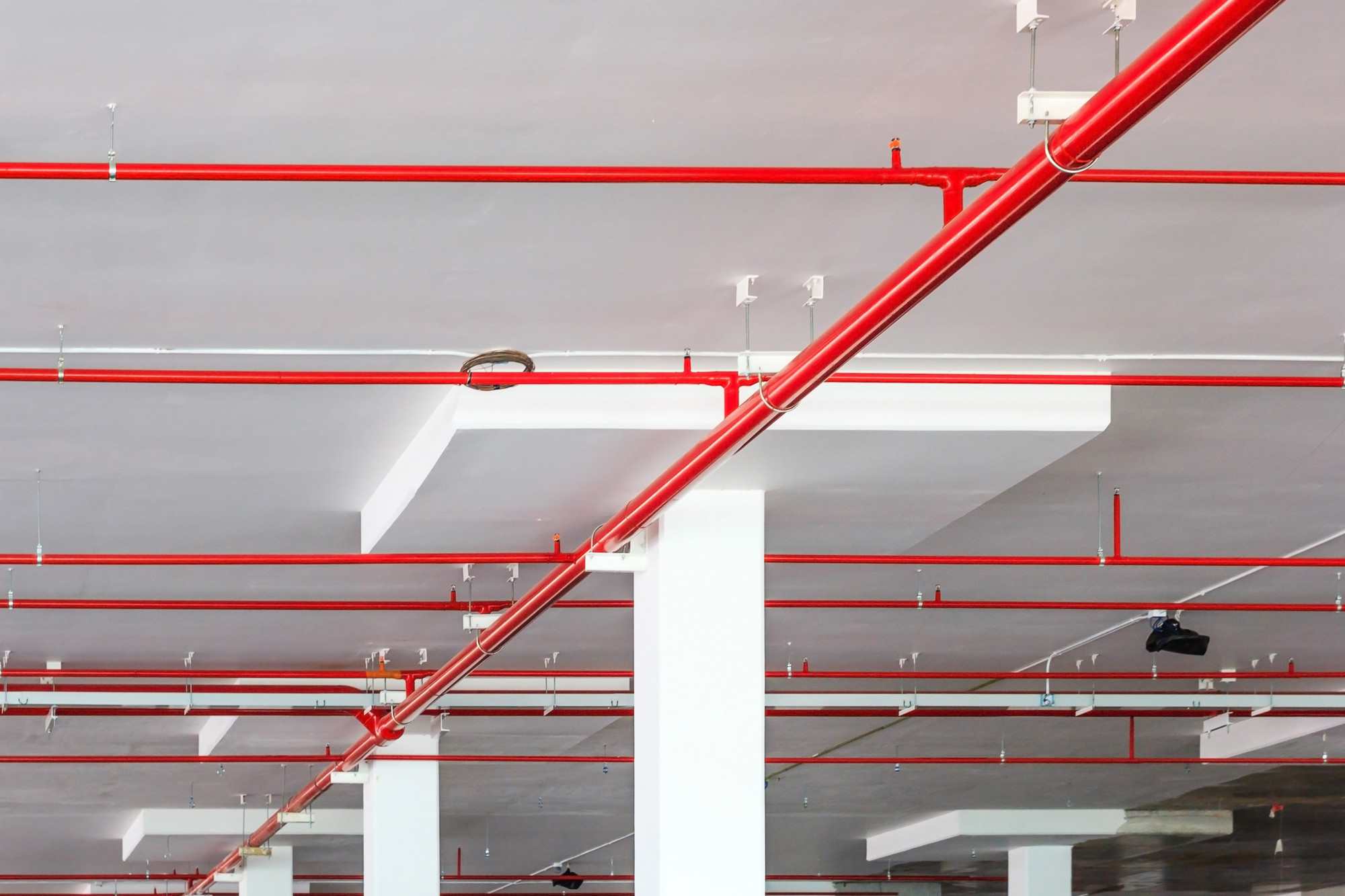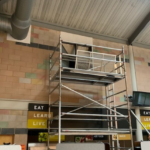Background
If the building you manage has heating, ventilation and air conditioning (HVAC) systems, then the same ductwork that channels air to keep an environment healthy and comfortable, become routes for hazardous smoke, hot air and flames to pass through if a fire breaks out. This is where the fire damper plays an important role. Fire dampers are louvre-like devices installed where ventilation ductwork crosses a fire-resistant wall, door or curtain. In normal conditions, the dampers remain open to allow airflow but automatically close on the detection of heat or smoke. They are designed to impede the spread of fire, buying invaluable time to evacuate the building.

Under the RRO Regulatory Reform (Fire Safety) Order 2005 it is a legal requirement to test fire dampers at regular intervals in accordance with fire safety in the design, management and use of buildings code of practice (BS:9999 2017). Fire dampers must be tested by a competent person after they have been installed and at regular intervals using a method known as ‘drop testing’. Previously, under BS:9999 2008, fire dampers were categorised according to their type; a small number needed to be drop tested only every two years; now all fire dampers must be drop tested and cleaned annually.
Healthcare properties have an additional regulation, the Health Technical Memorandum (HTM) 03-01: Specialised ventilation for healthcare premises Part B: Operational management and performance verification. In these settings, a fire damper testing routine will usually be agreed with the local fire prevention officer.
Problem Statement
The big problem is that many buildings have no records of where fire dampers were originally installed, so the building owner or manager is given no clear idea of how many, or where dampers have been installed. To add to that confusion buildings are often altered over a number of years which, can unwittingly obstruct access to the dampers.

It goes without saying that if the location of dampers is unclear and/or access is restricted then the maintenance history is likely to be just as sketchy. If you are an FM manager who is in the dark about your fire dampers, it may be some comfort to know you are not alone. We have regularly come across owners or facilities managers of buildings with HVAC systems that know they have an obligation to undertake maintenance of fire dampers, but they don’t know; how many they have on-site, where they are located or when they were last tested and cleaned. To be compliant you must have evidence of drop testing and, where required, cleaning and maintenance. HSE and fire prevention officers are now far more stringent on checking fire damper compliance and if you cannot prove this you could be prosecuted. In the worst-case scenario where a fire takes place and dampers fail, the person responsible for the property could get a custodial sentence.
The Solution
The solution would appear to be straightforward:
- Appoint qualified specialists to survey the building and ascertain the location of dampers and the scale of the maintenance operation
- Schedule the drop testing of each damper in compliance with BS:9999 2017
- As necessary – clean dampers and carry out any remedial work
- Update records and certify testing
However, the reality of the task can be less than straight forward, the challenge is often in accessing the fire damper to test it…………..
Steve Slade, Director of Meritas Fire and Security Protection Ltd commented: “We regularly come across fire dampers that have been installed with no nearby access point to allow cleaning and testing. Once access has been achieved it’s not unusual to find dampers that have been installed incorrectly or worse, been deliberately wedged open.”
“In a West Midlands based hospital, we cut out new access hatches, moved obstacles such as wiring trays and water pipes and replaced non-operational dampers.”
Make sure your maintenance provider is seasoned in dealing with fire dampers, they will need the expertise to develop customised workarounds and be able to repair or replace faulty dampers. They will also need to be flexible, most of the work is bound to be out of hours so as not to disrupt the operation of the business/service.

Conclusion
Fire dampers play a crucial role in the fire safety systems of buildings so it’s imperative they operate correctly. The difference between a well-maintained fire damper and a poorly maintained fire damper could be the difference between life and death if there is a fire in your building. With this in mind, it is important to make sure that your fire dampers are inspected, tested and maintained on a regular basis. It is highly recommended that you create a maintenance plan to help you budget and schedule repairs, ensuring your fire dampers remain in a fully working condition. At Meritas Fire and Security Protection Ltd we have unmatched experience and expertise in working with owners and FM managers to ensure their buildings achieve compliance.